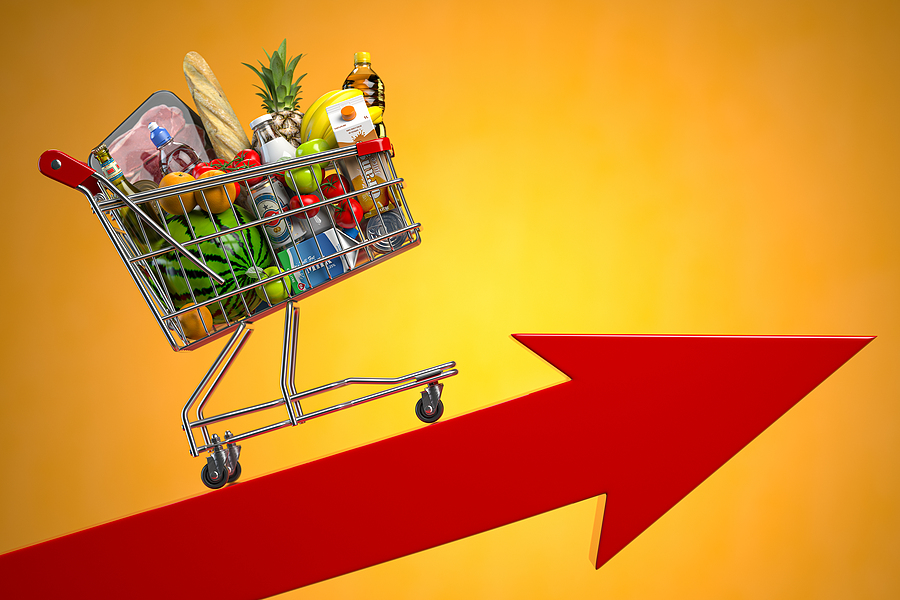In July, food-at-home prices reached a whopping 13.1% increase compared to the same month last year. And the USDA now forecasts the increase for all of 2022 to fall between 10 and 11%. Consumers are not only noticing these price increases, they’re changing their behavior to cope with them.
According to Morning Consult’s latest State of Food & Beverage report, 55% of U.S. adults have changed the way they eat and drink due to inflation. Almost four in 10 (38%) of consumers said they sometimes or often worried that food would run out before they had money to buy more.
Consumers have noticed the price changes across the board, but particularly in the meat category – 79% said they have noticed higher meat prices, followed by dairy (76%) and produce (75%). They’ve also noticed shrinkflation (same price for a smaller quantity), especially for snacks.
Morning Consult found that different groups are responding to the price increases differently. While higher-income consumers report spending significantly more for groceries (+24% in Q2 compared to Q2 2021), lower-income consumers are working to limit their grocery expenses. However, even higher-income earners are planning to spend less on groceries in the coming months.
The most common way consumers have adjusted their grocery shopping is by purchasing less meat (83%), followed by purchasing less alcohol (67%) and purchasing less produce (61%). They’re also comparing prices, buying generic or store brands instead of name brands, and using coupons.
Consumers are also less willing to try new things. Compared to last October, the percentage of respondents who said they’d tried a new recipe in the previous month declined from 34% to 25%, while those who’ve tried a new packaged food went from 26% to 15%.
The takeaway for food brands, Morning Consult says, is to “nail the value equation.” The report recommends that brands “evaluate changing buying behaviors, like switching to generic products, in their categories,” “lean into the comfort of predictability,” and actively be part of the solution for food insecurity.
For many more insights into how inflation is impacting food and beverage behaviors, including eating out, cooking at home, and drinking alcohol, download the full report.



